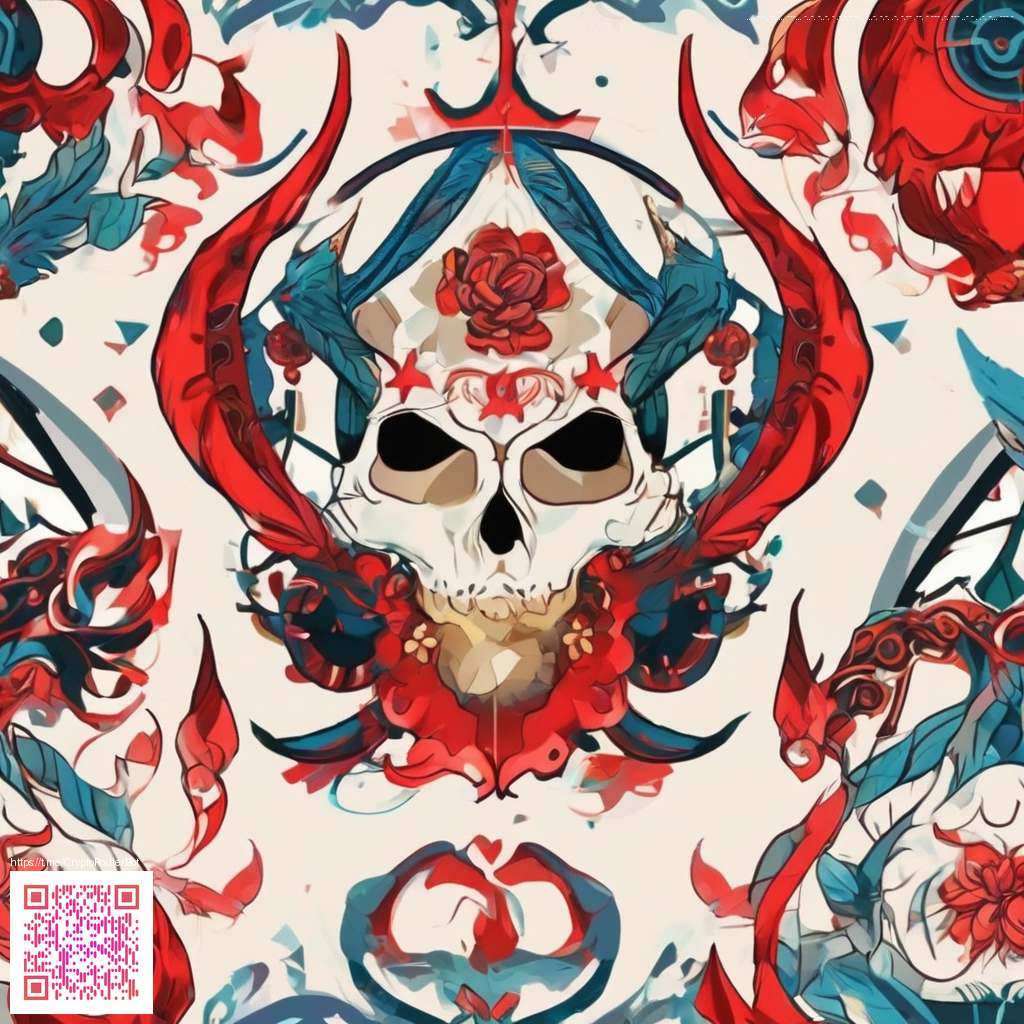
Digital paper is quietly reshaping how designers approach book covers and stationery, blending the tactile charm of traditional textures with the precision and versatility of digital workflows. In a market hungry for both physical impact and scalable production, digital paper finishes—textures, grains, and subtle patterns captured in high-resolution digital files—offer a way to evoke warmth, craft, and premium feel without the expense and waste of conventional sampling. This trend isn’t just about pretty visuals; it’s about how readers and users experience a print project, from the first glance to the tactile moment of turning a page.
The Rise of Digital Paper in Creative Design
At its core, digital paper refers to curated texture libraries, combined with lighting, shadow, and grain maps that render convincingly across devices and printing processes. Designers harness these assets to simulate real-world surfaces like linen, soft velum, or bookcloth, while retaining the flexibility of digital edits. The result: book covers that have depth and character, stationery that invites touch, and a cohesive brand language that remains consistent across print runs and digital previews. As noted in a recent overview, the potential of digital paper is making its way into broader design ecosystems, including packaging, notebooks, and planners—areas where first impressions matter as much as durability and cost.
Texture, Color, and Craft in a Digital Era
- Texture maps reproduce grain, weave, and emboss-like cues that feel authentic under light and shade.
- Color management ensures that the digital texture maintains its intended hue and saturation across print and screen, reducing the guesswork for designers and printers.
- Print-on-demand compatibility aligns with the growing demand for customized or small-batch runs without sacrificing tactile appeal.
- Sustainability considerations are part of the conversation, as digital paper reduces waste and enables smarter proofs.
Practical Trends Shaping Book Covers
Contemporary covers are moving beyond flat color blocks toward layered textures that capture light in diverse ways. Think subtle grain overlays that emulate left-on-the-shelf charm, plus micro-emboss patterns that only reveal themselves when the reader handles the book. Foil-like effects can be simulated digitally, offering shimmer without the cost or environmental impact of metallic printing. Typography is also evolving; bold sans serifs sit atop delicate textures, creating a contrast that feels both modern and collectible. For stationery, digital paper translates into journals and notebooks with timeless patterns—think classic marbling, restrained geometric textures, and paper-like tactile cues that invite longhand writing.
Stationery Design Takes a Digital Turn
In the realm of notebooks, planners, and envelopes, digital paper unlocks a spectrum of aesthetic possibilities. Designers can experiment with cohesive texture palettes that span a product line—cover textures, internal dividers, and even packaging—without needing expensive physical proofs for every variant. The result is a more agile development cycle that still delivers a premium experience. For consumers, this translates to products that feel thoughtfully crafted, whether they’re purchasing a luxury notebook, a set of greeting cards, or a planners collection that’s optimized for both print and digital use.
“Digital paper doesn’t erase the value of tact; it amplifies it by giving designers the ability to iterate with intention, on a scalable timeline.”
When you’re pairing digital paper-driven designs with functional products, it helps to consider complementary accessories. For instance, a slim, durable protector like a Clear Silicone Phone Case can be a quiet but important extension of a design-forward kit. Its minimal, transparent profile won’t clash with intricate textures, allowing your digital paper aesthetics to stay visually dominant while your device stays protected.
Implementing Digital Paper into Your Workflow
To make digital paper work for you, start by curating a small library of textures that align with your brand language. Pair these with a robust color management plan to ensure consistency across print and digital previews. When designing book covers, test texture visibility under various lighting and print conditions, and consider how the texture interacts with typography—does it elevate the headline, or does it compete with it? For stationery, map textures across items such as cover, interior dividers, and packaging to maintain a cohesive tactile experience. Finally, document your texture usage guidelines so future campaigns stay true to the original vision.
For readers who want to explore more about this evolving space, the referenced page offers expanded insights into how digital paper is transforming both covers and stationery, illustrating practical applications and emerging best practices: ad8b98ba.html.